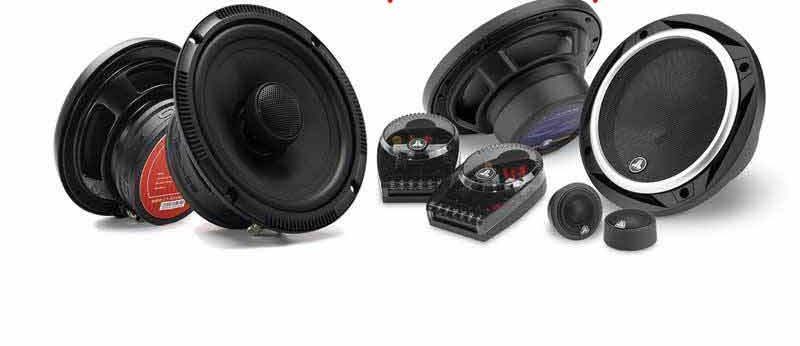Everything You Need to Know Before Buying a 6.5 Speaker for Your Car
A Comprehensive Guide to Buying 6.5 Speakers
If you are still using your car’s speaker system then you know you cannot rely on them to produce the best sound quality. In order to get a decent kick from it, you are forced to turn up the volume to levels that end up being irritating instead of rousing. So, what’s the solution? Installing custom speakers.
In case you were not aware the 6.5-inch speakers are the best alternatives to your car’s factory speakers. But now the problem arises in choosing the best 6.5 speakers for your car. This is because they are so many of them in the market that unless you really know what you are looking for, you might end up getting disappointed.
Because we understand your problem, we have already done the research to give you the best 6.5 car speakers you can buy right now. We also understand that you do not just want to be told what’s good for you. You need to be able to tell why it’s good for you. This post is meant to familiarise you with some of the terms you will come across when shopping for the speakers as well as educating you on the important factors to consider before buying the speaker. Let’s begin.
Important factors to consider when buying a 6.5 speaker
Types of Speaker
These car speakers can be categorised into two main types. Coaxial and component speakers. The coaxial speakers may also be referred to as full range speakers.

- Coaxial/Full range speakers – These are speakers that have all the components in one place. Mostly this involves a woofer for the low frequencies and a tweeter for the high frequencies but you will also encounter some with a midrange driver or a super tweeter for a better frequency response. A super tweeter has the ability to reproduce ultra-high frequencies that the normal tweeter would produce with distortions. The main reason why people opt for the coaxial speakers is their ease of installation. The process simply involves removing the old speakers and connecting the new ones with the mounting hardware that usually comes with that specific speaker. Then there is the fact that with coaxial speakers, you do not need a crossover system since they have a dedicated mechanism to distribute the frequency to the specific drivers.
- Component speakers – As you might have already guessed, the distinguishing factor between the full range and component speakers is the design. Instead of packing all the drivers in one package, component speakers have separate woofers and tweeters. This also means that the crossover system will come separately. Component speakers are mostly preferred by audiophiles seeking super quality sound. They allow you to place the tweeter at the most convenient location with the best imaging thus resulting in a more realistic sound. However, this type of speakers is also more expensive which is something worth considering if you have a limited budget. Especially since the full range speakers are still able to provide great quality.
Material type
The type of material used to make the speakers is also important for sound quality. For the woofers, the most commonly used material is polypropylene or a mixture of mica and polypropylene for better performance. These materials are most preferred due to their great damping abilities and also because they are stiff yet lightweight which is necessary to produce a distortion-free sound. Other types of materials used are fabrics or synthetics fused with metals like Aluminum and Titanium. Tweeters, on the other hand, are made from soft materials like silk, poly or textile blends.
Power handling
How much power can the speaker handle? This is usually indicated as the RMS power which is basically the power that the speaker can handle on a continuous basis. This is different from the peak power which refers to the maximum power the speaker can handle in an instant without damage. While a higher RMS power translates to higher speaker loudness you should also establish whether your stereo system will be able to power the speakers. If the RMS power is very high, it may require that you get a more powerful amp.
Sensitivity
Okay, so you already know the amount of power required to power your speakers (RMS) but how well are the speakers able to utilise that power. That is what we call speaker sensitivity and is measured in decibels. If your car stereo is lowly powered which is mostly the case with factory systems, then you need a speaker with a higher sensitivity for the best sound. If you are using an aftermarket stereo or external amplifier then you do not have to worry very much about the sensitivity since they have enough power to produce decent sound in any speaker.
Frequency response
This is the range of frequency the speaker is able to produce. The higher the frequency range then the better the sound a speaker will be able to produce.
Conclusion
So, that’s basically it. Everything you need to know before purchasing the perfect 6.5 speakers for your car. Although, I should inform you that some speakers may not fit in all types of cars and, therefore, make sure to check the speaker’s compatibility with your car.





